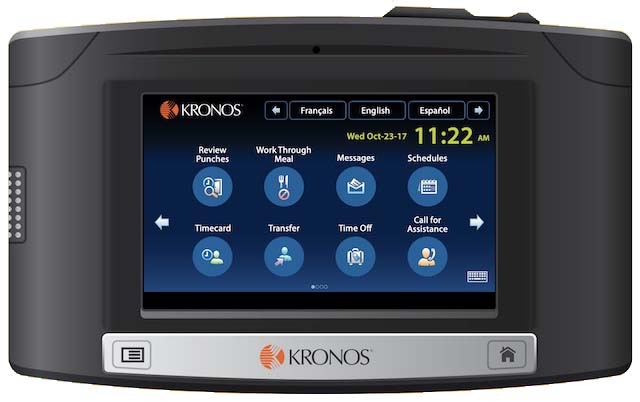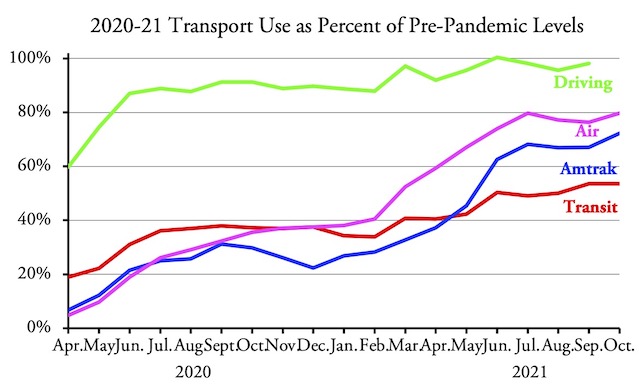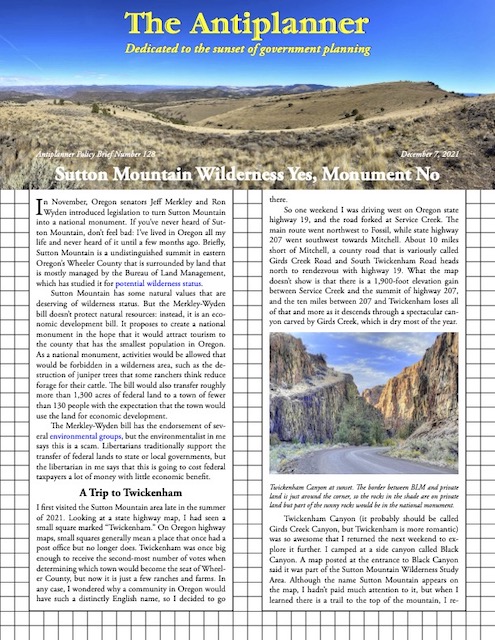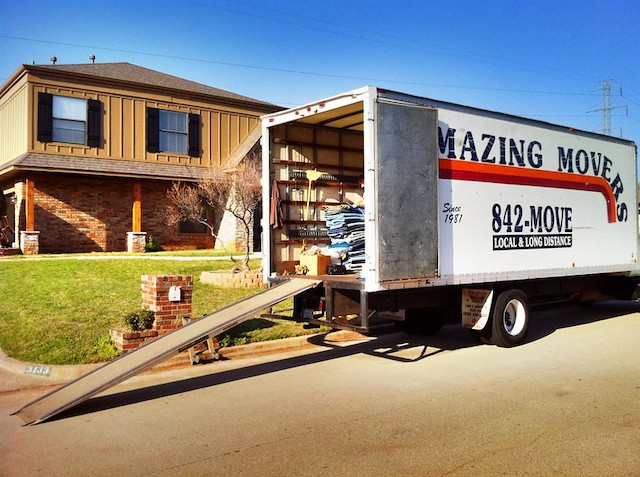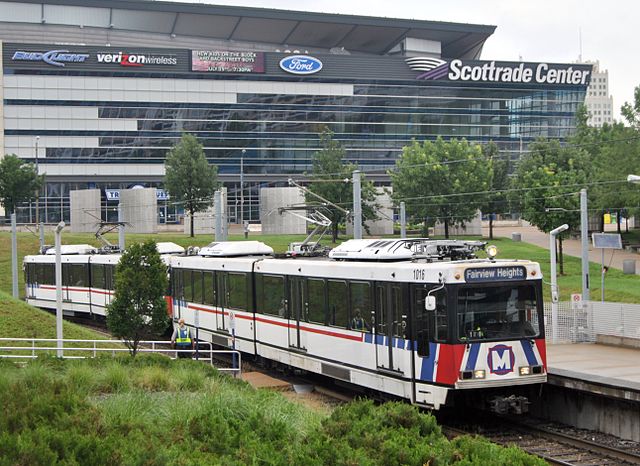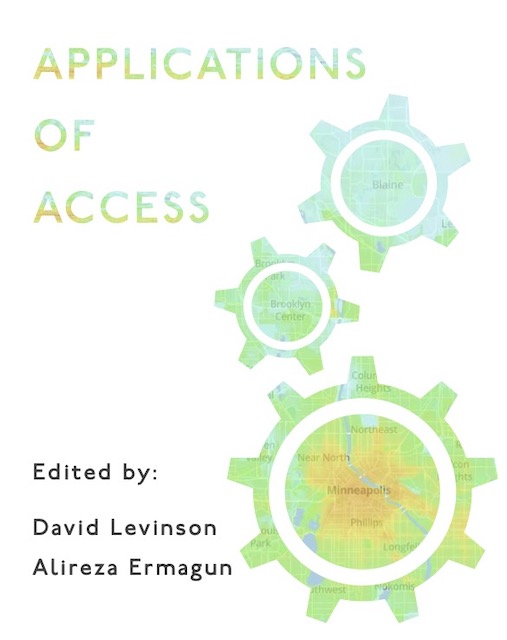New York’s Metropolitan Transportation Authority (MTA) is proud to say that it has reduced the amount of overtime it pays its employees from nearly $1.4 billion in 2018 to a little more than $1.1 billion in 2020. That’s still way too much.
MTA spent $24 million installing finger-print ID time clocks such as this one to reduce overtime abuse, but many employees aren’t using them. Image from UKG.
Overtime is a big issue for transit agencies. Many transit employees, from bus drivers to train conductors to maintenance workers, significantly boost their incomes by working overtime. Agencies could save money by hiring more employees, but unions have successfully gone on strike to prevent agencies from doing so. Continue reading

